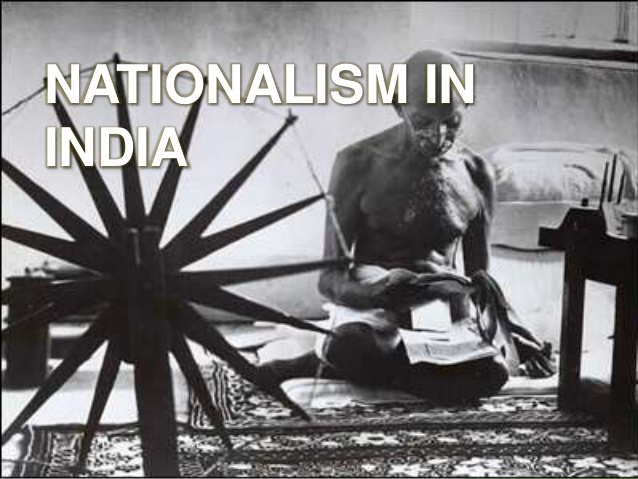Nationalism In India Class 10 Extra Questions History Chapter 3
Extra Questions for Class 10 Social Science History Chapter 3 Nationalism In India. According to new CBSE Exam Pattern, MCQ Questions For Class 10 Social Science with Answers Carries 20 Marks.
Question-1
Mention the great men whose work spread the passion for freedom.
Solution:
The works of men like Swami Vivekananda, Ramakrishna Paramahamsa, Sri Aurobindo, Subramanya Bharathy, Bankim Chandra Chatterjee, Sir Syed Ahmed Khan, Rabindranath Tagore and Dadabhai Naoroji spread the passion for rejuvenation and freedom.
You can also download Class 10 Maths NCERT Solutions to help you to revise complete syllabus and score more marks in your examinations.
Question-2
Give a brief account of Lokmanya Tilak.
Solution:
Lokmanya Tilak, though with non-moderate views, was very popular amongst the masses. He gave the concept of “Swaraj” to the Indian people while standing trial. His popular sentence “Swaraj is my Birthright, and I shall have it” became the source of inspiration for Indians. The flames of the spirit of freedom were ignited by learned men like them, who gave reason for common Indians to feel proud of themselves, demand political and social freedom and seek happiness. They were the teachers who sparked the passion of learning and achievement, for thousands of Indians
Question-3
Give a brief account of Gandhiji’s early life.
Solution:
Gandhi was born to a Hindu family in India on October 2, 1869. He was the first member of his family to graduate from high school. After 3 months of college, he dropped out and soon moved to England. He returned to India in 1891 with a Barrister’s title.
He started a small law practice but it failed.
In 1893 Gandhi moved to South Africa to work as a lawyer’s assistant.
He began working right away on a personal campaign to eliminate racism.
Gandhi spent 11 years in court fighting for Indian rights – and won most of his cases – but the government constantly passed bills to cancel out his victories.
cbse class 10 history ncert solutions Question-4
What were the 3 principles of Satyagraha?
Solution:
The three main principles of satyagraha are … Satya
Ahimsa
Tapasya
… or, the truth, the refusal do harm to others, and willingness for self-sacrifice in the cause.
These three principles, really, form the core of a weapon that Gandhi was determined to use against the British Raj enslaving his country.
cbse class 10 history ncert solutions Question-5
Mention 3 places where Gandhiji successfully organized the Satyagraha movement?
Solution:
Satyagraha movements were successfully organised by Mahatma Gandhi in various places after arriving in India. He organised a satyagraha at Champaran in Bihar in 1916 to inspire the peasants to struggle against the oppressive plantation system.
He then organised a satyagraha to support the peasants of the Kheda district of Gujarat, in 1917.
A satyagraha movement was organised in Ahmedabad, in 1918, amongst cotton mill workers.
Question-6
What were the effects on the economic front due to the non-corporation movement?
Solution:
There was a dramatic effect on the economic front due to the non-cooperation movement. Foreign goods were boycotted, and foreign cloth was burnt.
Traders stopped trading with foreign goods.
With this boycott, the production and consumption of cloth went up in India.
cbse class 10 history textbook Question-7
What was the plight of the plantation workers of Assam?
Solution:
The working class in the tea plantations of Assam is perhaps the most oppressed in the organised sector of the economy. Low wages, poor housing and lack of avenues for social mobility have been a recurring theme since the inception of the plantations.
Plantation workers were not permitted to leave the tea gardens without permission, under the Inland Emigration Act of 1859. They were rarely given such permission.
cbse class 10 history textbook Question-8
Compare Non-cooperation movement and the civil disobedience movement.
Solution:
Non Cooperation was passive where civil disobedience was active and almost revolutionary. The non co-operation movement aimed at bringing the government to a stand still, by withdrawing every support to administration.
The civil disobedience movement was planned to paralyze the government by mass support by undertaking acts which the British government considered illegal but were protests against exploitative and suppressive measures.

History
More Resources for CBSE Class 10:
Lakhmir Singh Class 10 Physics
Lakhmir Singh Class 10 Biology
Lakhmir Singh Class 10 Chemistry